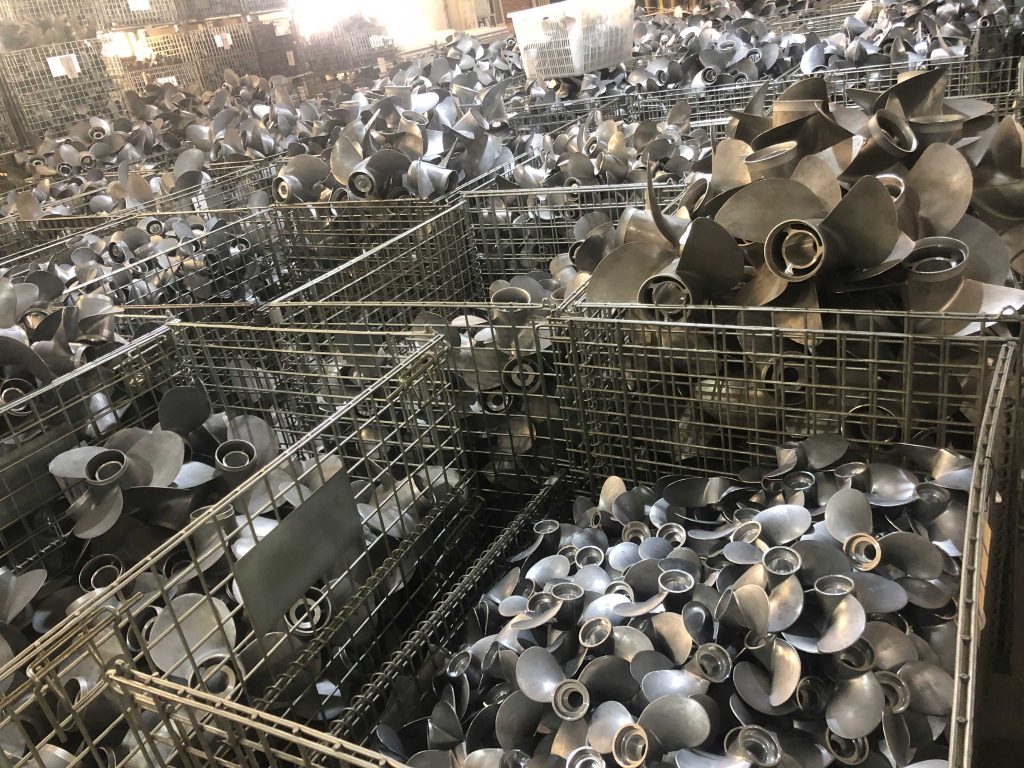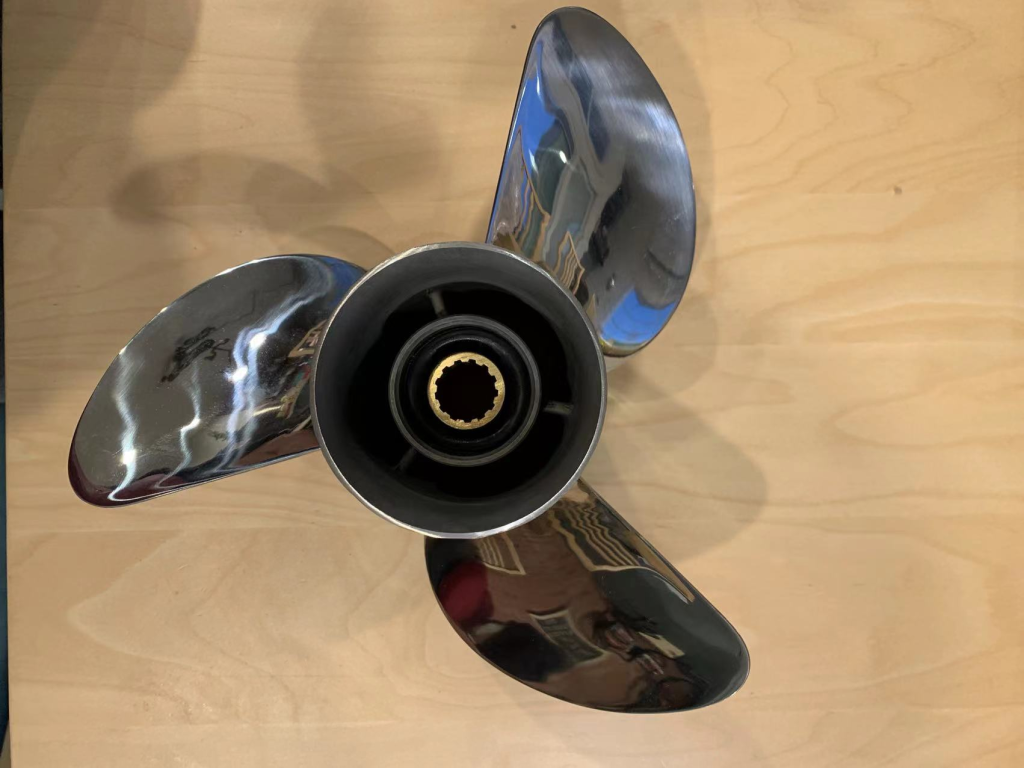Boating can be a fun and exciting activity, but it also requires proper maintenance to ensure safe and efficient operation. One common problem that boaters encounter is fouling of the boat propeller. Fouling occurs when marine organisms, such as algae, barnacles, and mussels, attach themselves to the propeller blades, reducing the efficiency of the propeller and increasing fuel consumption. In this essay, we will discuss the best ways to prevent fouling of a boat propeller.
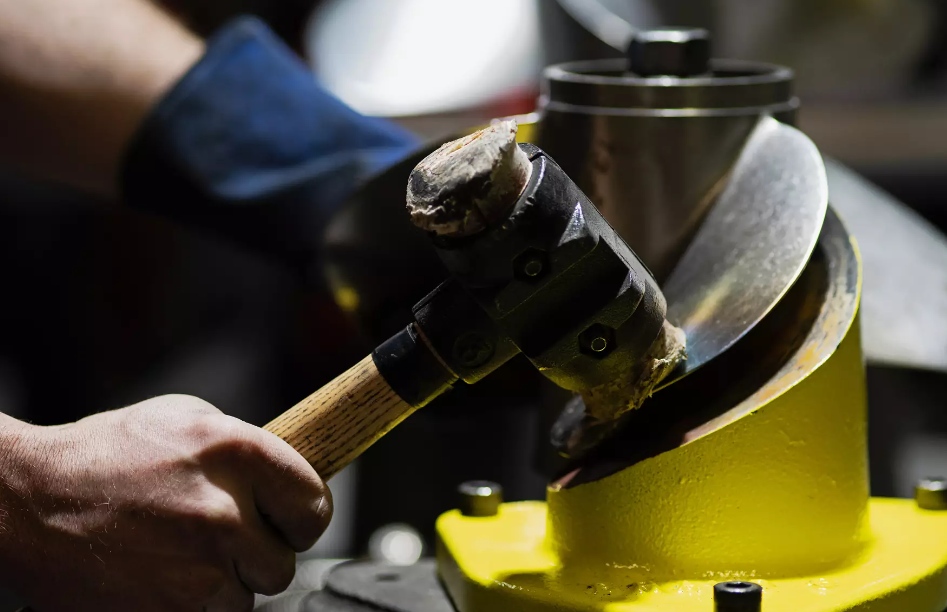
One Of The Most Effective Ways To Prevent Fouling Of a Boat Propeller Is To Regularly Clean The Propeller Blades
Over time, marine organisms can attach themselves to the propeller, reducing the efficiency of the blades and increasing fuel consumption. To prevent this, it is important to clean the propeller blades regularly. The frequency of cleaning will depend on the type of water you are boating in and the amount of marine growth in the area. In general, it is recommended to clean the propeller blades at least once a month, or more frequently if you frequently navigate in areas with high vegetation or debris.
To clean the propeller blades, you can use a wire brush or scraper to remove any debris or growth. It is important to be gentle when cleaning the blades, as excessive force can damage the propeller. You can also use a pressure washer to clean the blades, but be careful not to use too much pressure, as this can also damage the propeller. After cleaning, it is important to inspect the propeller blades for any signs of damage or wear. If you notice any damage, it is important to have the propeller repaired or replaced as soon as possible.
Another Way To Prevent Fouling Of a Boat Propeller Is To Install a Propeller Guard
A propeller guard is a device that attaches to the propeller and prevents debris from getting caught in the blades. Propeller guards can be made from various materials, such as plastic or metal, and can be either permanent or removable. Propeller guards can be effective in preventing fouling, but they can also reduce the efficiency of the propeller and increase fuel consumption. It is important to consider the cost and benefits of installing a propeller guard before making a decision.
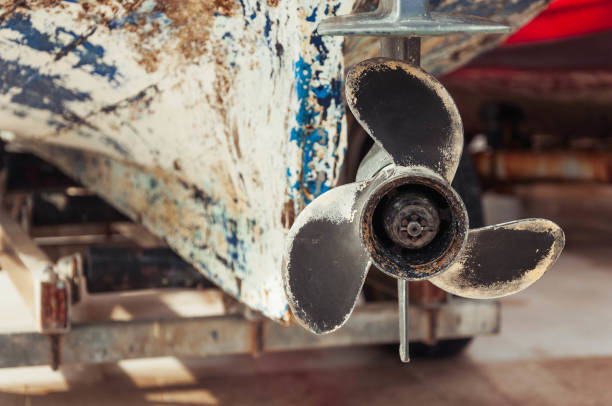
Using a Biocide Is Another Way To Prevent Fouling Of a Boat Propeller
Biocides are chemical treatments that can prevent the growth of marine organisms, such as algae and barnacles, on the propeller. Biocides can be applied to the propeller before launching the boat or after each use. However, it is important to use biocides with caution, as they can be harmful to the environment and can also damage the propeller if used improperly. It is important to follow the manufacturer’s instructions when using biocides and to dispose of them properly.
Avoiding shallow waters is also an effective way to prevent fouling of a boat propeller. Shallow waters are more likely to have debris and vegetation that can get caught in the propeller. If possible, avoid navigating in shallow waters or slow down to reduce the risk of fouling. Additionally, it is important to be aware of the depth of the water and to avoid running the propeller aground, as this can damage the blades and increase the risk of fouling.

Regularly Checking The Propeller Is Also Important In Preventing Fouling
Inspect the propeller blades regularly for signs of damage or wear. A damaged propeller can be more prone to fouling and can also reduce the efficiency of the boat. It is important to have a professional inspect the propeller to determine if it can be repaired or if it needs to be replaced. It is also important to note that repaired propellers may not perform as well as new ones, so it is important to consider the cost and benefits of repair versus replacement.
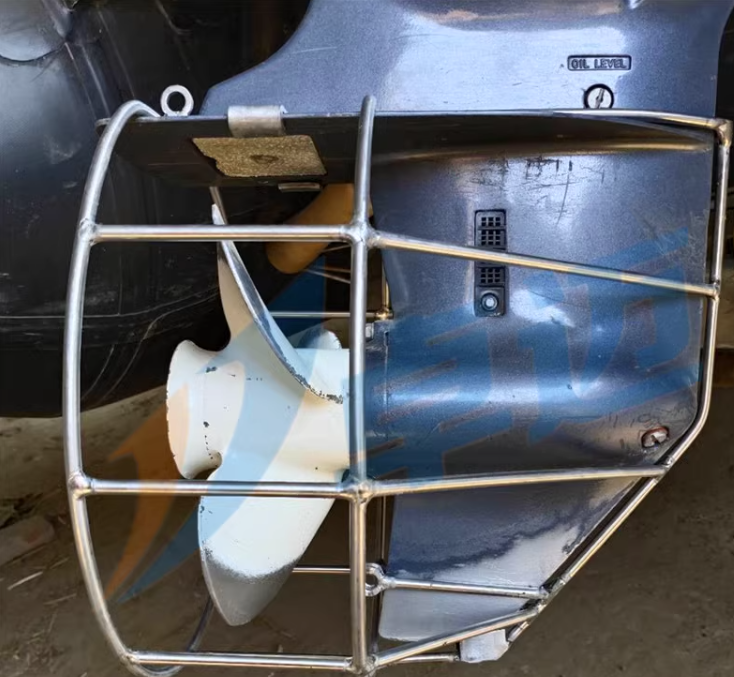
To carry out regular maintenance of a ship propeller, follow these steps:
Gather the necessary tools and equipment: You will need a dive suit or access to a dry dock, a brush or scraper, a wire brush or abrasive pad, a soft cloth or sponge, a propeller wrench or spanner, and a lubricant or anti-seize compound.
Inspect the propeller: Before cleaning, visually inspect the propeller for any signs of damage, such as dents or cracks. Check for any fishing lines, ropes, or debris that may be wrapped around the propeller.
Remove debris: Use a brush or scraper to remove any debris or marine growth that has accumulated on the propeller blades, hub, and shaft. Be thorough in removing all the material to ensure optimal performance.
Clean the propeller: Use a wire brush or abrasive pad to clean the propeller surfaces. Remove any remaining marine growth, barnacles, or stubborn deposits. Be careful not to damage the propeller blades or paint.
Rinse with water: Rinse the propeller with clean water to remove any loose debris or cleaning agents. This will also help prevent corrosion.
Inspect for damage: After cleaning, inspect the propeller again for any signs of damage that may have been hidden by the fouling. Pay close attention to the blades, hub, and shaft.
Lubricate or apply anti-seize compound: Apply a thin layer of lubricant or anti-seize compound to the propeller shaft and any other moving parts. This will help prevent corrosion and facilitate smooth operation.
Tighten propeller nuts: If necessary, use a propeller wrench or spanner to ensure that the propeller nuts are properly tightened. Follow the manufacturer’s guidelines for the appropriate torque specifications.
In conclusion, preventing fouling of a boat propeller requires regular maintenance and proper operation. Regularly cleaning the propeller blades, installing a propeller guard, using a biocide, avoiding shallow waters, and regularly checking the propeller are all effective ways to prevent fouling. It is important to be aware of the type of water you are boating in and to take appropriate measures to prevent fouling. By following these tips, you can ensure safe and efficient operation of your boat and prolong the life of your propeller.

